Home>Gardening & Outdoor>Landscaping Ideas>Why Is The Grass Blue
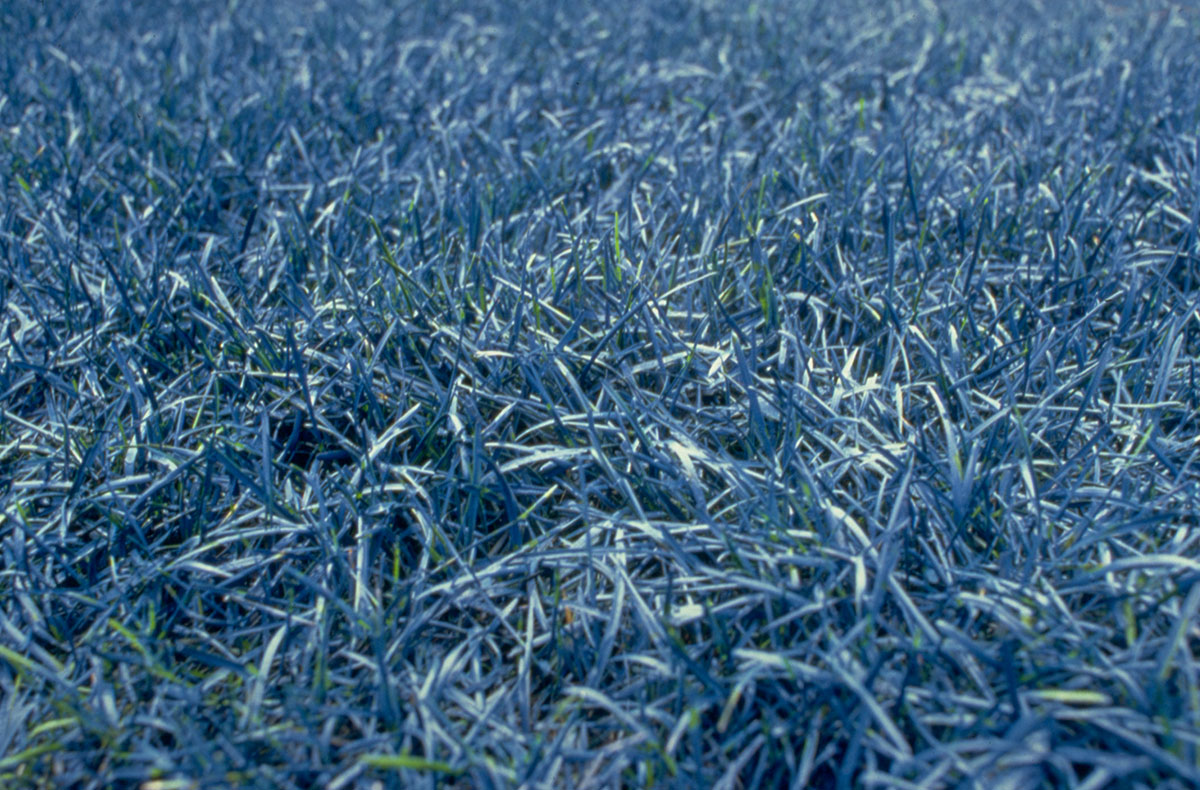

Landscaping Ideas
Why Is The Grass Blue
Modified: February 18, 2024
Discover the best landscaping ideas to transform your outdoor space. Learn why the grass is blue and get inspired for your next project. Explore unique designs and expert tips!
(Many of the links in this article redirect to a specific reviewed product. Your purchase of these products through affiliate links helps to generate commission for Storables.com, at no extra cost. Learn more)
**
Introduction
**
Welcome to the enchanting world of landscaping, where the vibrant hues of nature come together to create breathtaking outdoor spaces. In the realm of landscaping, the color of grass plays a pivotal role in defining the overall aesthetic appeal of a garden or lawn. While the traditional image of lush green grass is deeply ingrained in our minds, have you ever wondered about the possibility of blue grass? This intriguing concept sparks curiosity and invites us to delve into the captivating science behind grass color.
Grass, the ubiquitous ground cover that carpets our lawns and fields, holds a fascinating secret within its blades. The color of grass is not merely a result of chance or random variation; rather, it is a testament to the intricate workings of nature. By unraveling the mysteries behind grass color, we gain a deeper appreciation for the natural world and the countless wonders it holds.
Join me on a journey through the science, art, and illusion of grass color as we explore the factors that contribute to its mesmerizing shades. From the role of pigments to the influence of environmental factors, we will uncover the secrets behind the captivating colors that grace our landscapes. Let's embark on this enlightening expedition to understand why the grass is not always greener on the other side.
Key Takeaways:
- Grass color is determined by pigments like chlorophyll, carotenoids, and anthocyanins, creating a diverse palette beyond just green, influenced by sunlight, temperature, and soil nutrients.
- The illusion of blue grass is a captivating interplay of light and perception, creating an enchanting spectacle that showcases the extraordinary beauty of the natural world.
Read more: Why Is Bathtub Water Blue
The Science Behind Grass Color
Grass color is a captivating subject that intertwines biology, chemistry, and environmental influences. To understand the science behind the color of grass, we must first explore the fundamental factors that contribute to its varying hues. While the most common perception is that grass is uniformly green, the reality is far more nuanced and intriguing.
At the heart of the matter lies the intricate interplay of pigments, cellular structures, and environmental stimuli. The color of grass is primarily determined by the presence of pigments within its cells. These pigments, namely chlorophyll, carotenoids, and anthocyanins, play a pivotal role in creating the diverse palette of grass colors observed in nature.
Chlorophyll, the predominant pigment responsible for the green color of grass, is essential for photosynthesis, the process through which plants harness sunlight to produce energy. Its abundance in grass leaves results in the characteristic green hue that symbolizes vitality and growth. However, the presence of other pigments, such as carotenoids and anthocyanins, can introduce additional colors to the visual spectrum of grass.
Carotenoids, which manifest as yellow and orange pigments, contribute to the warm, golden tones observed in certain grass species. These pigments often become more pronounced in the autumn, lending a rich, golden hue to lawns and fields as the seasons transition. On the other hand, anthocyanins, known for their red and purple hues, can infuse grass blades with unexpected bursts of color, adding a touch of whimsy to the natural landscape.
As we unravel the science behind grass color, it becomes evident that the interplay of pigments within the cellular architecture of grass leaves yields a diverse array of colors, transcending the conventional greenery that graces our surroundings. This harmonious symphony of pigments forms the basis of the enchanting tapestry of grass colors that captivate our senses and inspire awe.
The Role of Pigments
Pigments are the artistic maestros behind the captivating hues that adorn the blades of grass, infusing the natural landscape with a diverse and mesmerizing color palette. As we delve into the role of pigments in shaping the color of grass, we uncover a world where biological compounds orchestrate a symphony of colors, transcending the conventional boundaries of greenery.
At the forefront of this chromatic spectacle is chlorophyll, the eminent green pigment that serves as the cornerstone of photosynthesis. Within the chloroplasts of grass cells, chlorophyll harnesses the radiant energy of sunlight, channeling it into the alchemy of photosynthesis. This pivotal process not only sustains the vitality of grass but also imbues it with the iconic green hue that symbolizes life and rejuvenation.
While chlorophyll reigns as the primary protagonist in the verdant narrative of grass color, it shares the spotlight with an ensemble cast of pigments that enrich the visual tapestry of the natural world. Carotenoids, the radiant yellow and orange pigments, dance alongside chlorophyll, infusing grass with warm, golden tones that evoke the splendor of autumnal landscapes. As the seasons unfold, these pigments unfurl their vibrant hues, painting lawns and fields with a kaleidoscope of autumnal colors.
Amidst this botanical ballet, anthocyanins emerge as the enigmatic artists, casting hues of red and purple that defy the conventional boundaries of grass color. Their presence within grass leaves introduces an element of whimsy and enchantment, bestowing unexpected bursts of color upon the landscape. Whether as a subtle accent or a striking flourish, anthocyanins infuse grass with a touch of mystique, inviting us to marvel at the kaleidoscopic wonders of the natural world.
As we contemplate the role of pigments in shaping the color of grass, we are reminded of the intricate artistry that unfolds within the botanical realm. The harmonious interplay of chlorophyll, carotenoids, and anthocyanins orchestrates a visual symphony that transcends the boundaries of conventional perception, inviting us to embrace the kaleidoscopic beauty of the grassy canvas.
The grass may appear blue due to a phenomenon called Rayleigh scattering, where the shorter blue wavelengths of light are scattered more than the longer green and red wavelengths, making the grass appear blue from a distance.
Environmental Factors
As we embark on our exploration of grass color, we encounter a profound realization: the hues that adorn the grassy tapestry are not solely dictated by internal biological processes but are also profoundly influenced by the external environment. Environmental factors play a pivotal role in shaping the color of grass, weaving a narrative that reflects the dynamic interplay between nature and its surroundings.
One of the most influential environmental factors is sunlight, the radiant source of energy that fuels the photosynthetic processes within grass leaves. The intensity and duration of sunlight exposure profoundly impact the production and abundance of chlorophyll, the primary green pigment in grass. As sunlight bathes the landscape, it bestows upon grass a vibrant and lustrous green hue, symbolizing vitality and abundance.
Furthermore, the interplay of temperature and moisture levels in the environment exerts a significant influence on the color of grass. Optimal temperatures and adequate moisture create an environment conducive to robust photosynthetic activity, allowing grass to exhibit its characteristic verdant splendor. Conversely, fluctuations in temperature and moisture levels can manifest in variations of grass color, signaling the intricate responsiveness of grass to its environmental milieu.
The soil composition and nutrient availability also emerge as influential determinants of grass color. Essential nutrients, such as nitrogen, phosphorus, and potassium, play a crucial role in sustaining the vigor and coloration of grass. Adequate nutrient levels foster lush greenery, while deficiencies can manifest as discoloration or diminished vibrancy in grass. The dynamic relationship between grass and its soil underscores the intricate web of connections that shape the natural world.
In addition to these factors, the presence of pollutants and contaminants in the environment can impact the color and vitality of grass. Airborne pollutants and chemical residues can detrimentally affect the health and appearance of grass, leading to discoloration and diminished vigor. This serves as a poignant reminder of the symbiotic relationship between the health of the environment and the resplendence of the grassy landscape.
As we contemplate the profound influence of environmental factors on grass color, we gain a deeper appreciation for the intricate interplay between nature and its surroundings. The captivating hues of grass serve as a testament to the dynamic responsiveness of the natural world, inviting us to marvel at the harmonious equilibrium that unfolds within the realm of grassy landscapes.
The Illusion of Blue Grass
Amidst the verdant expanse of grassy landscapes, a captivating illusion occasionally manifests, captivating the beholder with its mesmerizing allure. The enigmatic phenomenon of “blue grass” transcends conventional perceptions, inviting us to ponder the whimsical interplay of light, perception, and botanical artistry that gives rise to this captivating illusion.
The illusion of blue grass is not a result of a novel botanical species or a fantastical pigment; rather, it is a testament to the enchanting interplay of light and perception. When sunlight interacts with the lush green blades of grass, a fascinating optical illusion unfolds, casting a subtle bluish tinge upon the verdant canvas. This ethereal spectacle, often observed during certain lighting conditions, captivates the senses and evokes a sense of wonder and enchantment.
The phenomenon of blue grass can be attributed to the inherent properties of light and the manner in which it is refracted and scattered by the intricate cellular structures of grass leaves. As sunlight permeates the translucent blades of grass, it undergoes a spectral transformation, wherein shorter wavelengths, including blue light, are scattered more prominently than longer wavelengths. This scattering effect, known as Rayleigh scattering, engenders the illusion of a delicate blue hue suffusing the expanse of grass, captivating the imagination and inspiring a sense of awe.
Furthermore, environmental factors such as humidity and atmospheric conditions can accentuate the illusion of blue grass, contributing to the ephemeral nature of this captivating spectacle. Under specific atmospheric circumstances, such as a delicate interplay of moisture and light, the illusion of blue grass can be heightened, casting the landscape in an enchanting azure veil that transcends the conventional boundaries of grass color.
While the illusion of blue grass may bewitch the senses and ignite the imagination, it serves as a poignant reminder of the multifaceted beauty that graces the natural world. This enchanting phenomenon invites us to embrace the ephemeral and the extraordinary, to revel in the captivating interplay of light and perception that bestows upon the grassy landscape an ethereal and enchanting allure.
Read more: What Is The Blue Coating On Grass Seed
Conclusion
As we conclude our exploration of the captivating world of grass color, we are reminded of the profound intricacies and enchanting mysteries that define the natural landscape. The science behind grass color unveils a rich tapestry of biological, chemical, and environmental influences, showcasing the harmonious interplay of factors that shape the verdant hues that grace our surroundings.
From the pivotal role of pigments, including chlorophyll, carotenoids, and anthocyanins, to the profound influence of environmental factors such as sunlight, temperature, and soil composition, we gain a deeper understanding of the multifaceted forces that converge to paint the grassy canvas with a diverse and captivating array of colors.
Moreover, the illusion of blue grass serves as a poignant testament to the enchanting interplay of light, perception, and atmospheric conditions, inviting us to marvel at the ephemeral and extraordinary spectacles that grace the natural world. This captivating phenomenon ignites the imagination and evokes a sense of wonder, underscoring the boundless beauty that unfolds within the realm of grassy landscapes.
As we reflect on the captivating journey through the science, art, and illusion of grass color, we are beckoned to embrace a deeper appreciation for the natural world and the myriad wonders it holds. The vibrant hues of grass serve as a testament to the resplendent artistry of nature, inviting us to revel in the kaleidoscopic beauty that graces our gardens, lawns, and fields.
Let us carry forth this newfound understanding and appreciation as we immerse ourselves in the enchanting world of landscaping, where the colors of nature converge to create breathtaking outdoor spaces that inspire, delight, and captivate the senses. In the realm of landscaping, the allure of grass color transcends the ordinary, inviting us to embrace the extraordinary and revel in the boundless beauty that surrounds us.
Frequently Asked Questions about Why Is The Grass Blue
Was this page helpful?
At Storables.com, we guarantee accurate and reliable information. Our content, validated by Expert Board Contributors, is crafted following stringent Editorial Policies. We're committed to providing you with well-researched, expert-backed insights for all your informational needs.
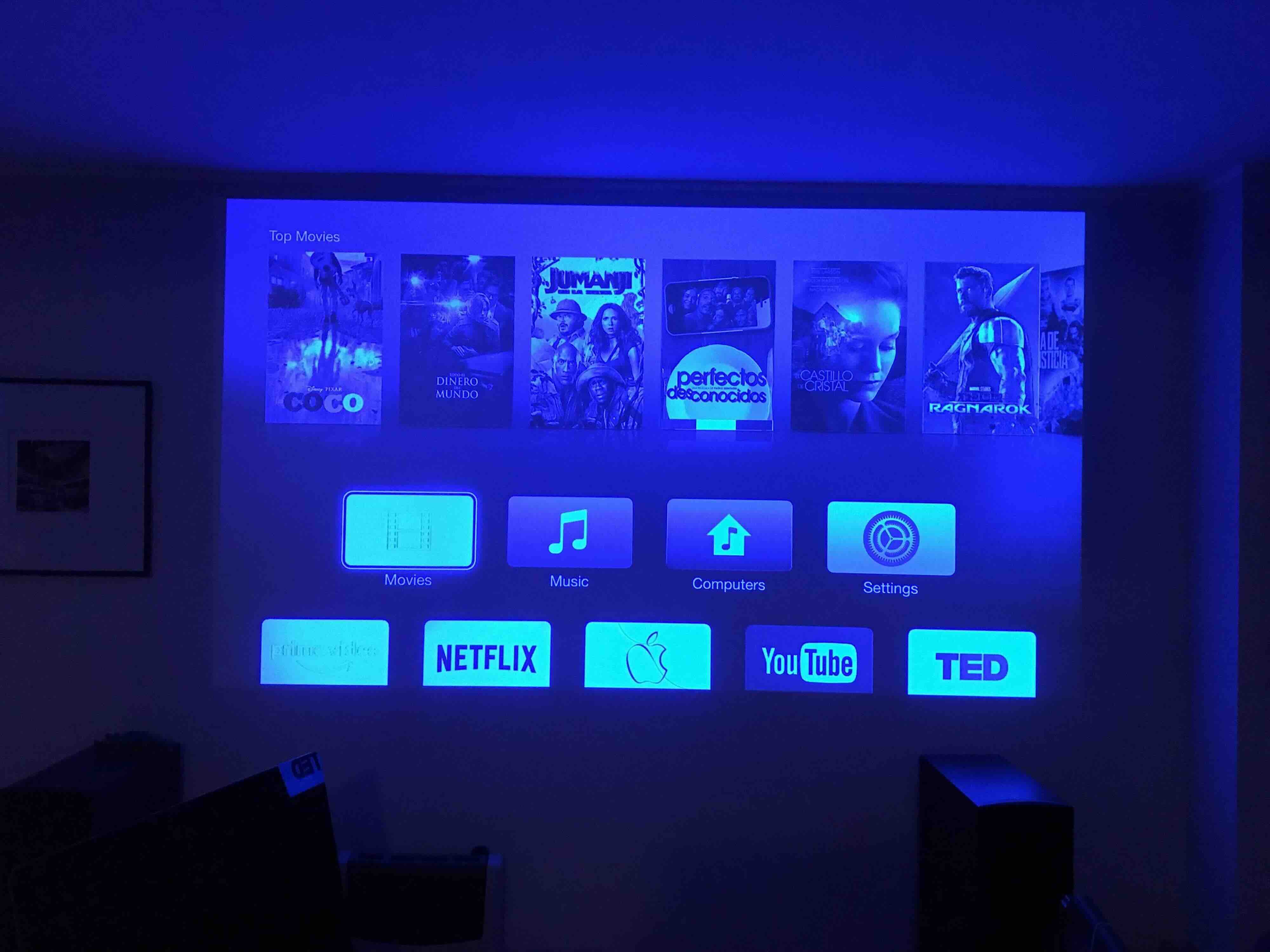
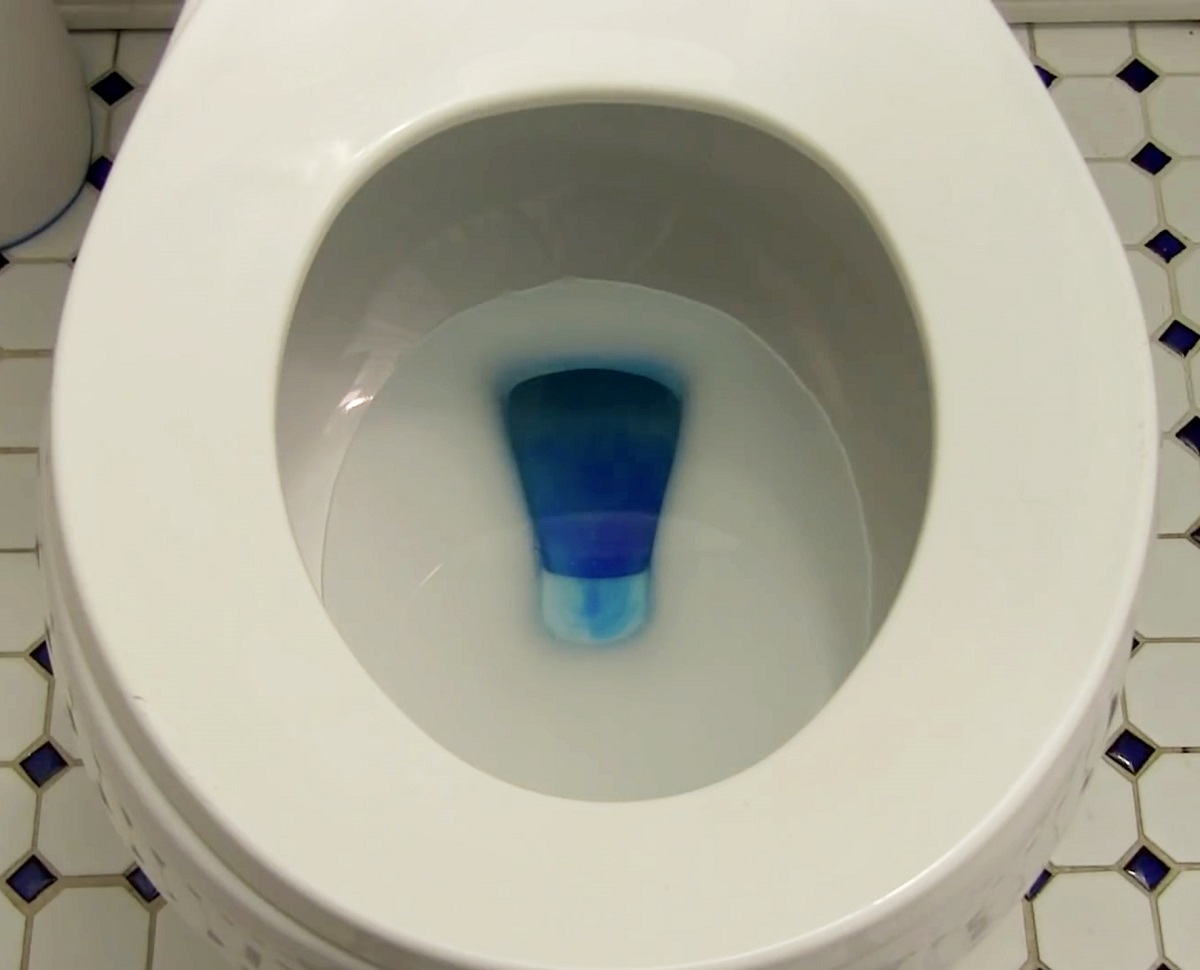






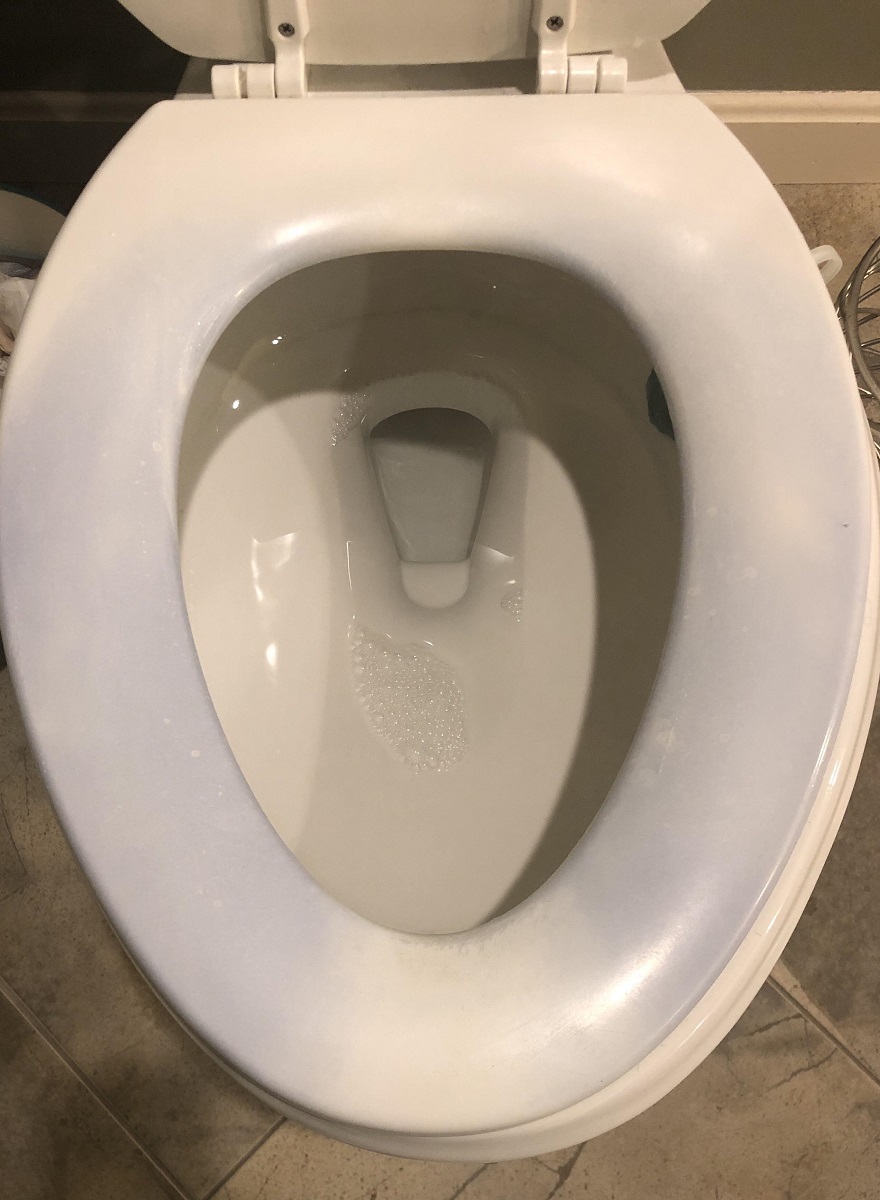
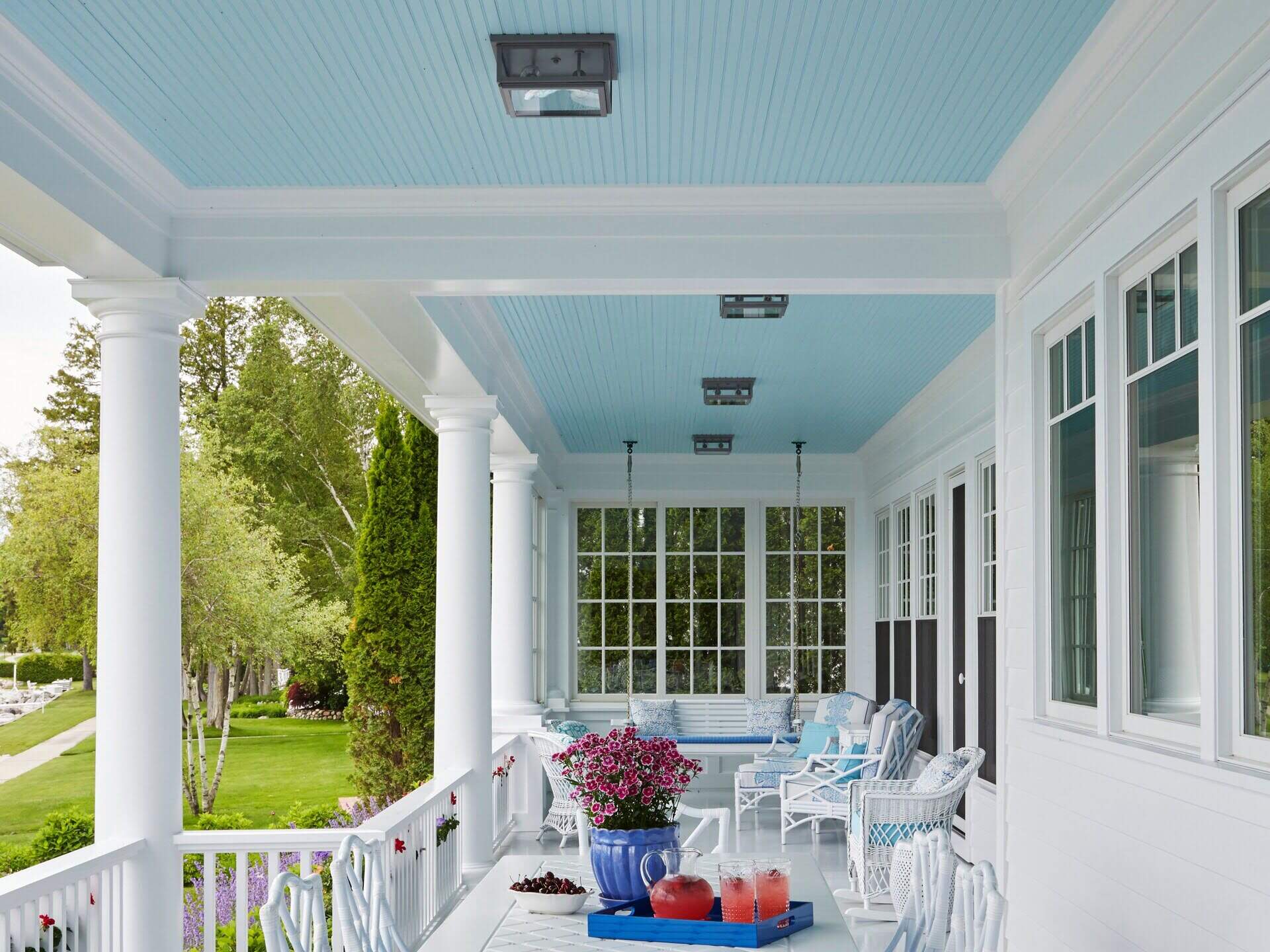
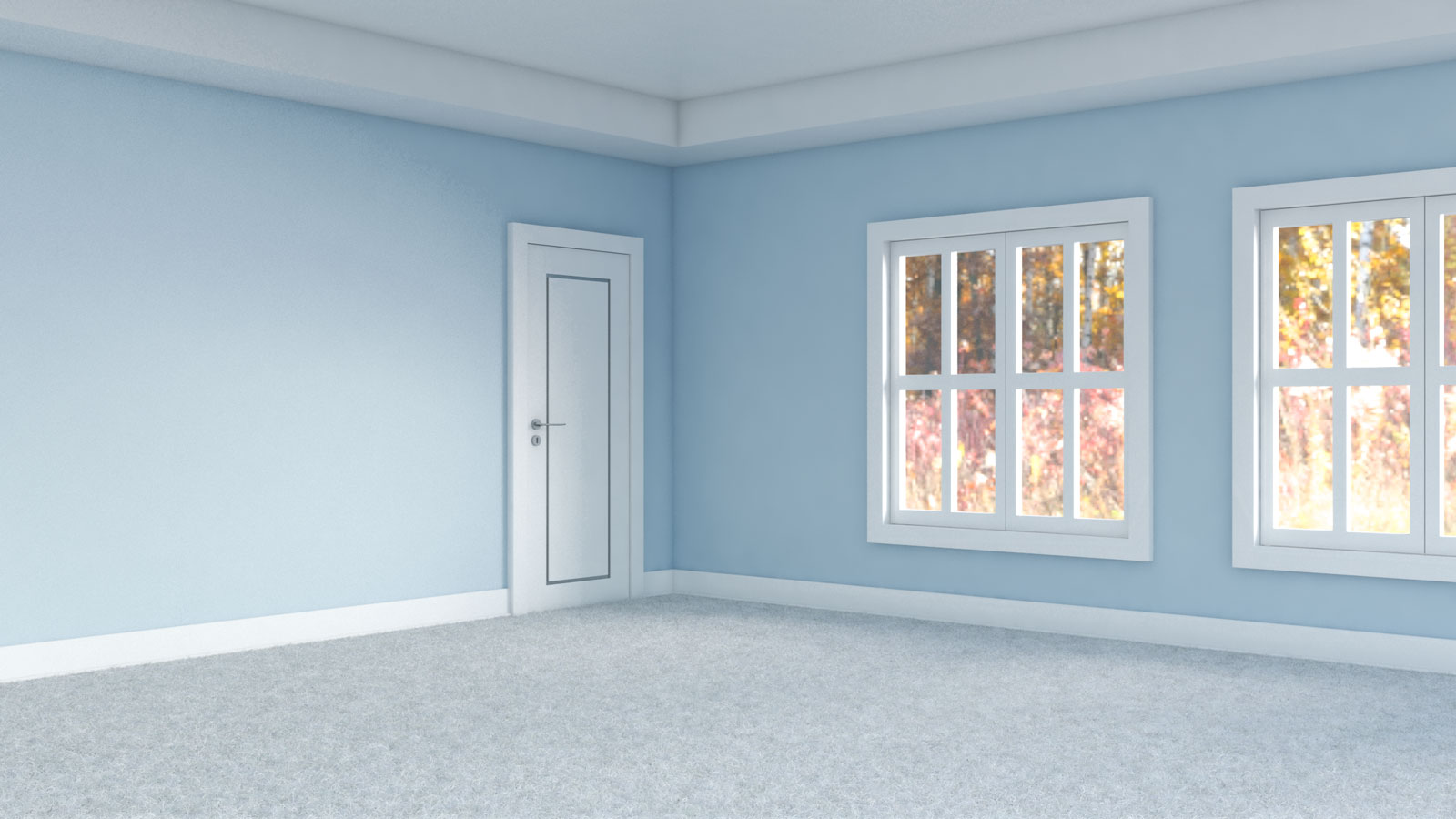
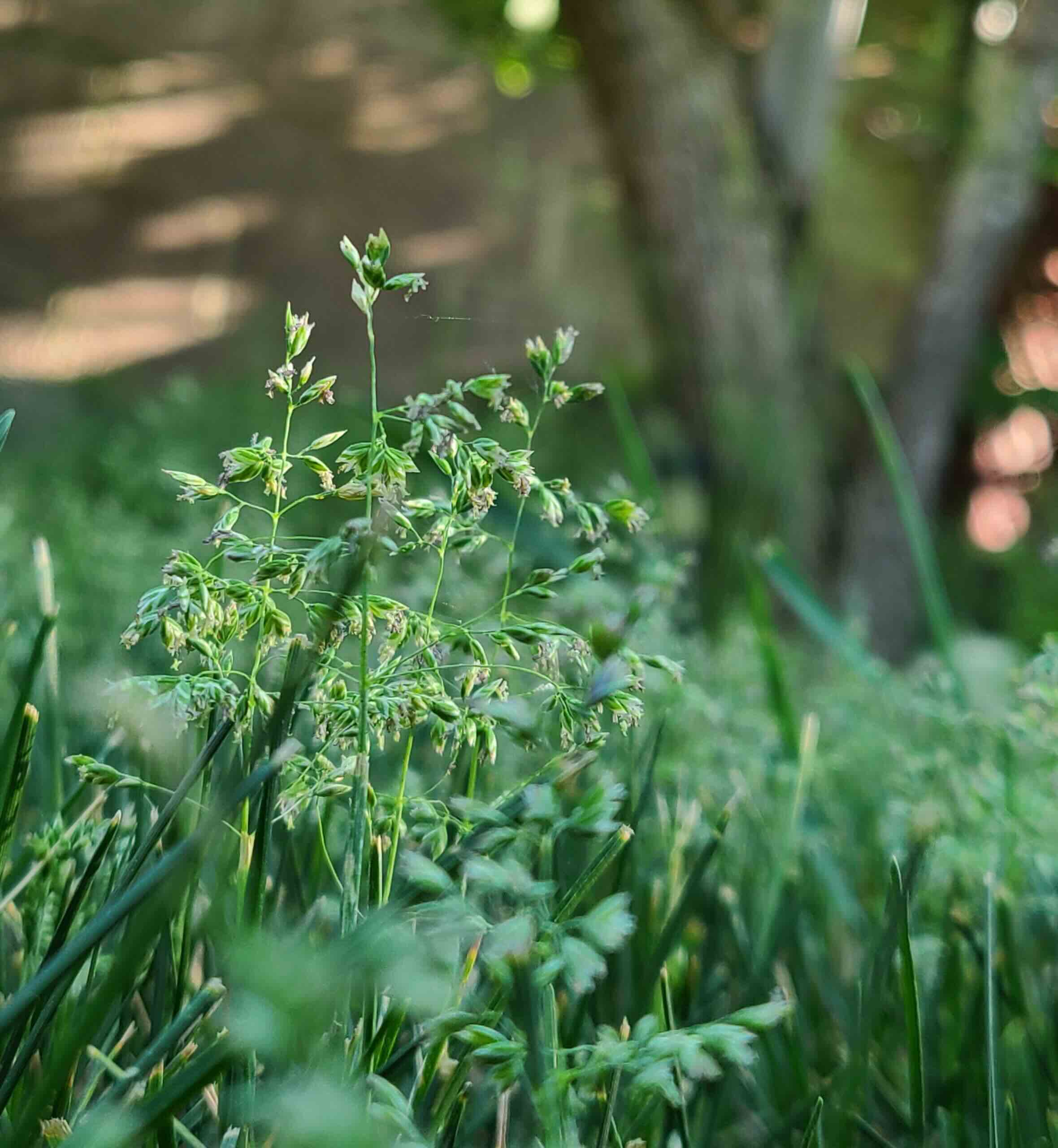



0 thoughts on “Why Is The Grass Blue”